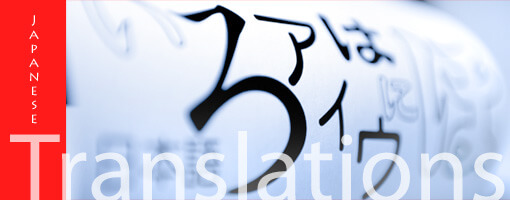Everyone can spot a tourist. Even if they know exactly where they’re going. Even if they speak the language fluently. Everyone can spot a tourist because they just don’t get the little details that the locals do. They don’t understand the unwritten rules that the locals instinctively follow. Pick up any piece of non-technical writing written for any given country and the chances are, it’s full of references that the locals will absorb without a second thought, but which will baffle foreigners. A translator, therefore, in a sense takes on the role of tour guide, leading the reader through this new world.
Take Christmas for example. Mention the word to anyone from the northern hemisphere and the chances are it will conjure up the sort of “White Christmas” images familiar to anyone who’s watched Hollywood films. Mention it to someone from the southern hemisphere and it may well conjure up images of trips to the beach. Mention it to someone from a country where Christmas is not celebrated and, depending on the person’s background, the expression may be meaningless, or it may trigger images from Hollywood culture. It is exactly these cultural differences – and how to convey them to an audience unfamiliar with them – which challenge literary translators.
Although document translation may seem a more mundane form of translation, making effective use of language translation services can make the difference between a piece of writing being understandable and a piece of writing presenting a professional image. The internet is full of the most blatant examples of poor translation, which for practical purposes generally means using a budget translator as opposed to a NAATI accredited translator, some of which have generated publicity the businesses in question would presumably have preferred to avoid. While these are, by definition, exceptional blunders, even in technical writing, there are terms that need skill to translate, if embarrassment is to be avoided.



















